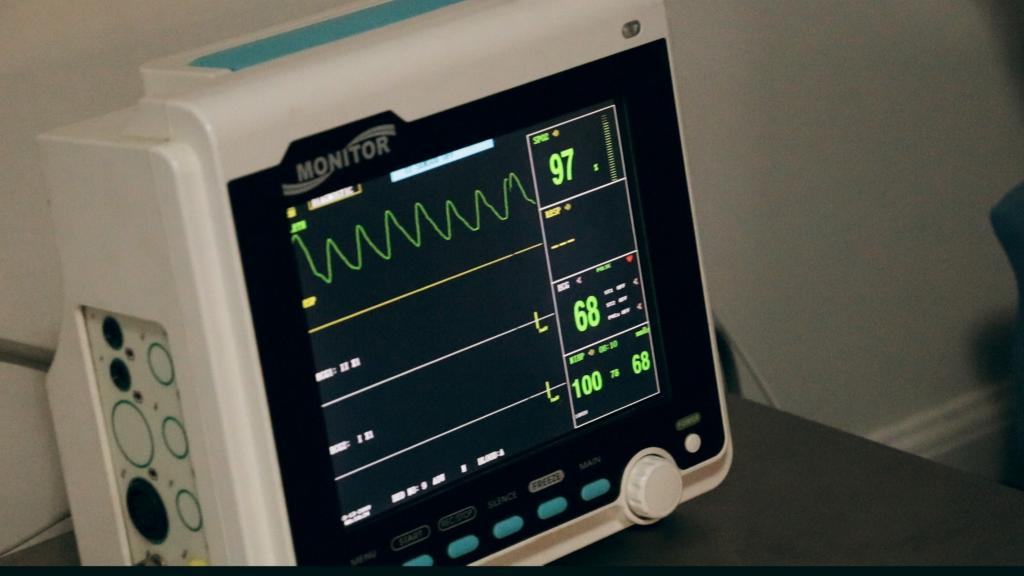
The ability of modern medical technology to keep patients’ hearts beating and their lungs ventilating has led to a blurring of the boundary between life and death. As a High Court ruling showed, it sometimes falls to family judges to make the desperately hard decision as to when that line has been crossed.
The case concerned a young man who fell to the ground after being assaulted in a pub garden, sustaining a catastrophic brain injury. He was admitted to hospital in a deep coma and, following weeks of observation and a battery of tests, doctors detected no signs of brain stem function. His death was formally diagnosed.
Members of his family were, however, unable to accept the results of the tests. They contended that he was moving in a manner indicating that he was not in fact brain stem dead. They said, amongst other things, that he showed signs of being able to breathe independently, that goosebumps appeared on his skin and that, on receiving a verbal request, he was able to squeeze their fingers.
Given that impasse, the NHS trust caring for him launched proceedings, seeking a judicial determination that he had died and that it would be lawful to cease all forms of treatment, including mechanical ventilation. Both ethically and legally, the trust argued that no purpose would be served by continuing such treatment.
Ruling on the matter, the Court noted that the increasingly blurred boundary between life and death can be delineated by reference to philosophy, ethics and the tenets of the world’s great religions. The Court’s task, however, was to consider on the evidence whether that boundary had been crossed for the purposes of the law.
The trust did not, in broad terms, dispute the family’s description of his movements and, in the light of video footage of him in hospital, the Court had no difficulty at all in seeing why his family had taken such movements as being indicative that his brain stem remained alive. Very sadly, however, the videos did not demonstrate that the results of brain stem testing were wrong.
Upholding the trust’s application, the Court found that the movements his loved ones had detected were well-recognised base reflexes that can survive brain stem death. Although the flattering voice of hope had convinced them that he was not dead, the Court was, with very great sadness, satisfied that the extensive tests undertaken demonstrated that he was. The Court recognised what a tragedy that was for his family and friends and expressed its profound sympathy.